The Situation
The team was about to undergo significant change with the transition from an established, respected and long-serving CEO to a new CEO transitioning from the Deputy CEO role. As the team had a history of success, every year the expectations for delivery – both in terms of quantity and complexity increased.
There were a range of indicators emerging that confirmed that for this group to continue to deliver in line with increasing expectations, there was a growing requirement to better leverage the individual resources in the group to create a more established and integrated team.
The subsequent approach was instigated by a core group of senior managers including the then Deputy CEO and two senior managers who were determined to instigate an approach which honoured the history and achievements of the organisation, and also established a “new” way of working.
The approach
The resounding first principle that was adopted first was the recognition that this was a process, and the desired outcomes would not be achieved by a 1-day workshop. Subsequently, the underlying structure for the transition became a number of workshops over an 18-month period. These were surrounded with other actions including role clarification, amendment to organisational structure, enhanced one on one and team meeting processes, and separate individual development actions.
The second principle that underpinned the approach was that this was going to be a behavioural and culture based process. Paying homage to Simon Senek, the “why” was clear for the organisation, the “what” was working well, it could be improved but it wasn’t the priority. The starting point for this work would be the “how”, how does this team change the way it works to better achieve outcomes.
The third principle confirmed was that this would be a transparent and subsequently “opt in” process. We were going to be explicit about the changing expectations, we were going to be explicit about the subsequent behaviours expected and we were willing to invest in the team to understand and enhance their capability to meet the expectations – but the expectations would be the expectations.
The final principle adopted was that this was a development journey, to deliver business outcomes. The core group of senior managers were absolutely committed to their own and the team’s development and were willing to invest in this, with the expectation that we created and even better place to work, and produced even greater business outcomes.
Key Actions
The architecture for the journey was 4 team workshops held approximately 6 months apart.
Each of the workshops was based on the inter-related themes of individual development, team effectiveness and organisational outcomes, with one of these themes becoming the primary topic in line with business requirements and the evolution of the team.
A high-level summary of the workshops is below:
| Workshop 1 | Workshop 2 | Workshop 3 | Workshop 4 |
| Organisational history | Influencing other’s behaviour | Organisational strategy | Evaluating & celebrating progress |
| Understanding behaviour | Exploring innovation | Team behaviours | My role and the organisational vision |
| My own behavioural style & preferences | Team dynamics | Stakeholder review | Values & behaviours refresh |
Overview of the frameworks
Throughout the process, team members were exposed to a range of frameworks and tools designed to enhance individual development, team effectiveness and organisational outcomes.
The core underlying frameworks adopted were Human Synergistics behavioural diagnostic tools and Patrick Lencionci’s 5 Dysfunctions of Teams.
Core framework 1: Human Synergistics behavioural diagnostics:
The Human Synergistics tools identify the factors underlying performance effectiveness (at individual, group and organisational levels) according to 12 behaviours or styles.
These behaviours or styles are grouped according to three general style clusters:
Constructive styles encourage the attainment of organisational goals through people development; promote teamwork and synergy; and enhance individual, group and organisational adaptability and effectiveness.
Aggressive/Defensive styles lead people to focus on their own needs at the expense of those of their group and organisation, and lead to stress, turnover and inconsistent performance.
Passive/Defensive styles lead people to subordinate themselves to the organisation, stifle creativity and initiative, and allow the organisation to stagnate
Whilst all behaviours achieve an outcome, what Human Synergistics and the organisations that use their tools have proven is that the Constructive styles of behavior are regularly proven to deliver more sustainable outcomes, better team environments and ultimately more satisfied (and high performing) teams.
For this program, individuals utilized the personal behavioural diagnostic (LSI1) to reflect on their own behavioural preferences and the group utilized the team diagnostic (GSI) to reflect on the experience of working in this team.
Core framework 2: Patrick Lencionci’s 5 Dysfunctions of Teams
The Five Dysfunctions of a Team outlines the root causes of dysfunctions of teams and helps to identify the actions to overcome them.
The principles that underpin The Five Dysfunctions of a Team model were used to both information the content of the program and to measure progress.
What else happened?
Along the way we also shared stories about achievements and personal histories, we built towers out of spaghetti trying to sustain the weight of a marshmallow, we provided feedback to each other about what each person brought to the team (and could do more of), we completed a sub-arctic plane crash simulation, we visibly captured our organisational past and we got to hear some fantastic feedback from some very key stakeholders.
It wasn’t always comfortable, it wasn’t always fun and it required a whole lot of effort, but we think we made a difference.
Outcomes
Having recently completed Workshop 4, the feedback from the team and their key stakeholders are that the team is visibly a team and the outputs in terms of quality, efficiency (and just plain good fun) are easily recognisable.
There has been change in individual team members over the journey (as is to be expected) with one of the key outcomes of the process is that attraction and recruitment processes are now much more clearly informed by individual behaviours & values and how they align to the team values & behaviours.
The Deputy CEO is now the CEO, there has been some shifting of portfolios and accountabilities and a number of internal promotions and development opportunities delivered.
In terms of assessing team dynamics, we used Lencionci’s 5 dysfunctions as the architecture for the program.
Over the journey the quality of the conversations amongst team members increased with a higher level of trust being shown and some very healthy conflict. Mechanistically we created a better system and increased discussion to link individual performance to team goals. We actively built the capability of the team to hold each other accountable, and ultimately the team is now seen by its Board as achieving significant results and outcomes.
The future
Perhaps the most exciting outcome is the commitment of the team to ongoing development and performance.
The bar has been raised again as this team (by themselves) as they seek to be even more effective.
They have committed to this journey and for the first time in over 150 years of this organisation’s history, there is a line item in the budget for individual & team development!
Really looking forward to Workshop 5 and seeing what this team achieves in the next 6 months.

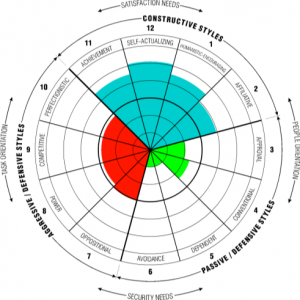
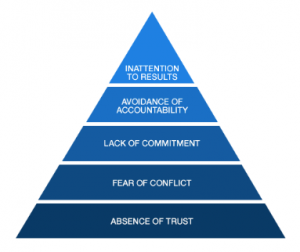

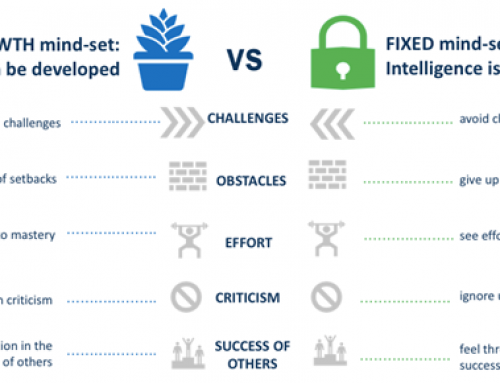
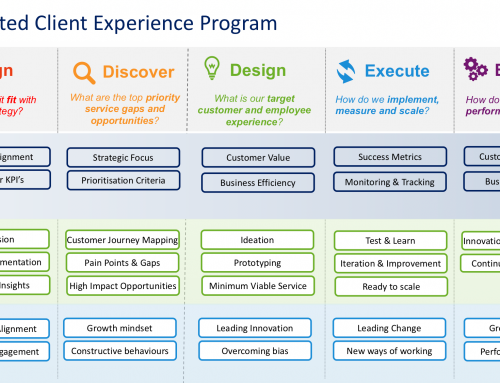
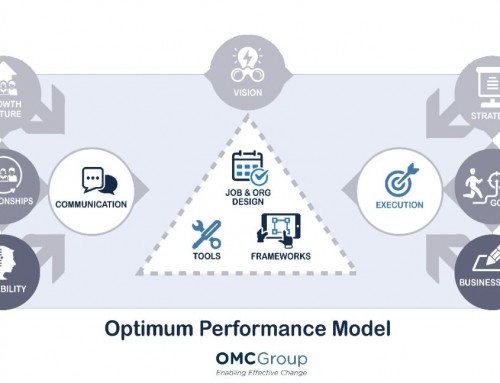

Leave A Comment